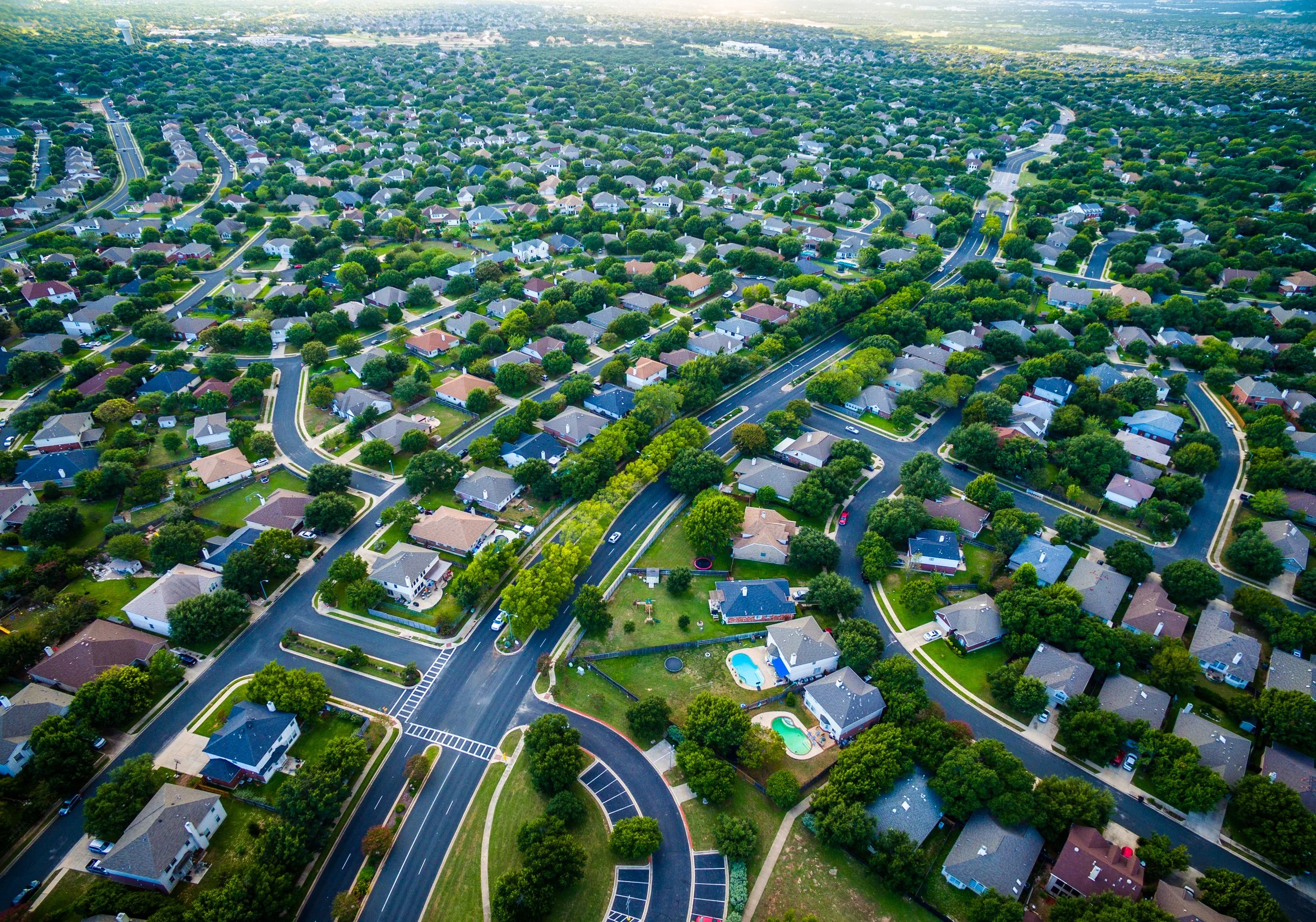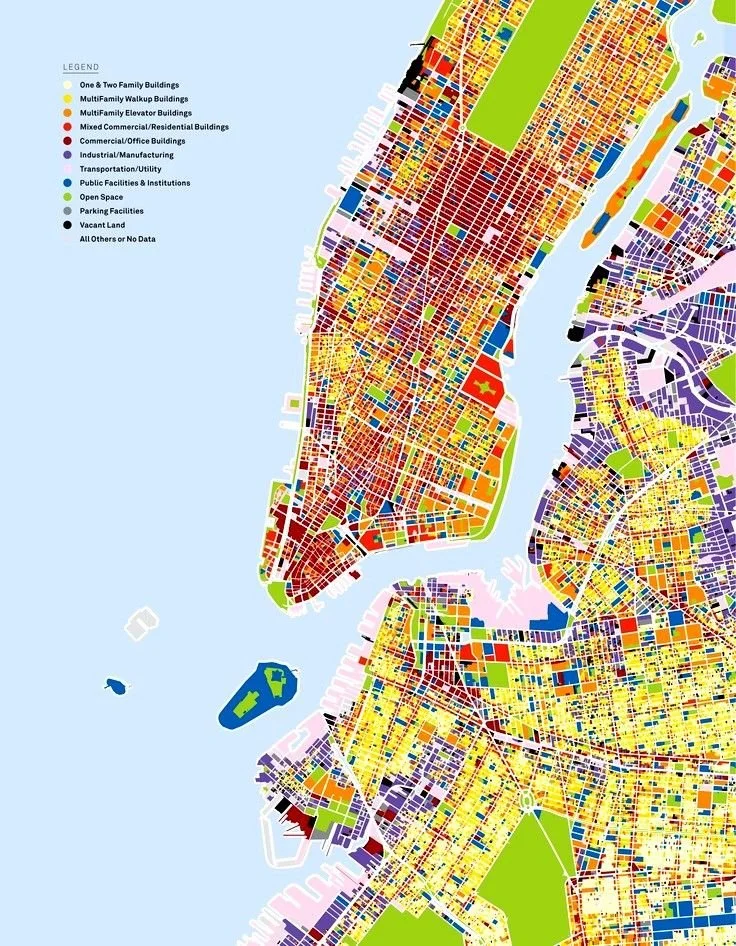Organic Growth of Cities
One of the most prevalent words used in discussions around the growth, or form, of cities is organic.
In a plan for a city one might see a gridiron proposed as a street framework, or a series of rectilinear forms, buildings or streets, that are orthogonal (generally constituted of straight lines and right angles). In these cases people usually comment that the plan is boring and needs more variation, the plan is too rigid and needs relief from the relentless grid, or most commonly, the plan is too rational and needs to be more organic. In almost every case, what people mean by organic is that the plan is curvilinear, or if you have to have straight lines at least don't make them so parallel.
New York is a rational, gridiron plan. Paris is a series of generally straight streets that aren’t parallel, and London is a series of not so straight streets that are rarely parallel. In the formal (what the plan looks like) sense of the word organic, that it somehow describes a more random form, it is probably accurate to say New York is least organic and London the most of the three examples. But in the operational sense of the word (not what it looks like, but how it actually works), is the idea that organic represents an incremental process of development over time, when things aren't and don’t appear to be put in place at the same time. This operational aspect of the word is what most people are trying to get to, but in most cases the discussion stops at the form of the plan. In the operational sense of the word, New York, Paris and London are all more or less equally organic. They have all evolved over time, with little in the way of planned use distribution. There are all kinds of different uses juxtaposed to each other, and the variation in all three cities is at the very highest end of the spectrum for large cities across the world, in terms of variation of use distribution.
An example of this is the existing land use plan, by parcel, for Manhattan. This plan is a clear and compelling representation of a de-centralized (organic) growth pattern in terms of variation of use and variation of building form. It's almost impossible to walk down any street on the island and think that vast areas were driven by one hand, with one overarching imposition of style, use and execution. It was put together incrementally, against the backdrop of small twenty-five foot wide parcels over two centuries. It is wholly organic in operation, but it is also wholly rigid in its plan as an orthogonal framework. Clearly these two ideas are not mutually exclusive. A city can be both a grid and at the same time organic.
Actual land-use designations at the parcel level across New York City
But most of the world isn’t New York, Paris or London. Most of the world is dendritic, cul-de-sac suburbs, or disconnected business parks, or retail/lifestyle centers, or multi-family clusters, or, really, some variation on these themes. They were not planned or designed with the thought of being organic as an operational, or growth related, concept. Instead they were thought of as organic in form, all curved streets, disconnected from their surroundings. Unfortunately, this compositionally organic planning strategy creates a situation where the operationally organic process is almost impossible to realize. These are places where everything is of a kind, and each of these areas is accessed from an arterial, leading to a park where everything is office or retail or single-family residential or multi-family residential, or industrial, or … anything else, as long as it is all the same. Ironically, most of these places were designed to be organic, but because of the form of the plans, it is almost impossible for them to operate organically.
A typical ‘organic’ land-use plan.
This is evidenced through a land-use plan similar to that which describes New York, but here the areas covered by a single use are dozens, if not hundreds, of acres in size. There is no opportunity to have the organically unfolding of use variation seen in New York, where the size of a single use can be as small as the original 25 x 100 foot parcel from the Commissioner’s Plan. In these areas it is extremely difficult, as a practical matter, to provide for organic variation, and in most cases it is illegal. It's hard to imagine walking through a business park or a single-family subdivision and seeing it filled with shops, restaurants, or other incompatible and illegal uses.
In the end this is an important distinction between the two variations on the word organic because it seems that what the planners and users of cities are really looking for is incremental, varied, organic growth; places that can grow and change over generations. But what gets substituted for this complex and evolving process is the instant gratification of the curved form. We might be better served to first understand the operationally organic, then move on to the form of the place.
In the end there is nothing wrong with curved streets, as long as they work like London and not so much like the dendritic suburbs of the past 80 years.



